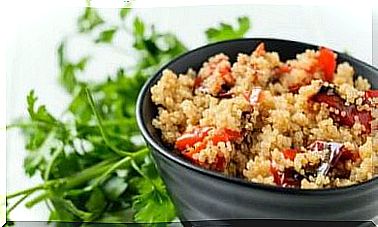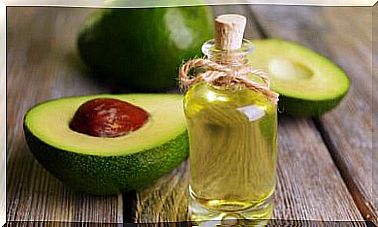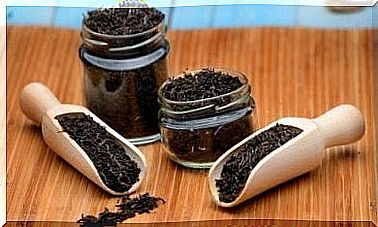What Is A Kosher Diet And Who Can Follow It?
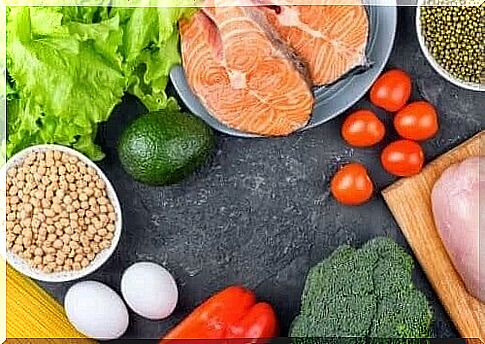
Would you like to know more about it?
While the laws of Kosher are vast and complex, we’ll discuss this type of diet below and talk about who can apply it.
What is the kosher diet based on?
The laws regarding the observance of the kosher diet are collectively known as the kashrut and are found in the Torah, the first part of the Jewish Bible. Dr. David Kramer says that instructions for the practical application of these principles are conveyed through oral tradition.
In particular, they define what foods can and cannot be eaten, and how they should be produced, processed and handled before consumption. It also sets out which food combinations to avoid. Practicing Jews believe that following a kosher diet is to do God’s will.
The three categories this diet is based on are:
- meat and poultry,
- dairy,
- pareve, which includes fish, eggs, and plant foods.
One of the most important principles of this diet is that a person should never combine meat with dairy. In addition, separate utensils should be used for meat and dairy products, and be careful not to wash them in the same water.
If you eat meat, wait until your next meal before consuming dairy products and vice versa. Foods called pareve can be combined with either of these options.
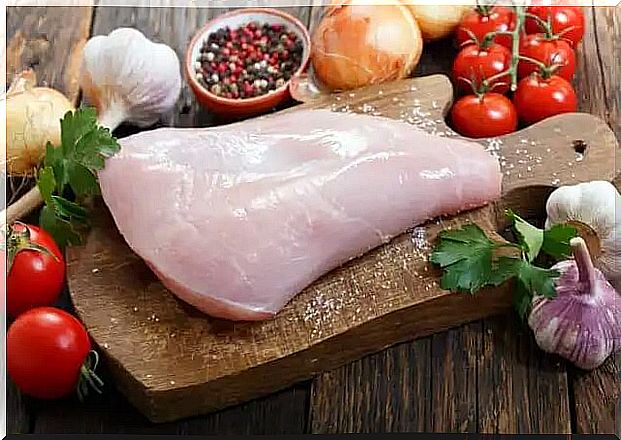
Foods To Avoid On A Kosher Diet
The kosher diet is perhaps one of the strictest and therefore has many restrictions. Here are some foods that are not allowed in this diet.
- Animals that do not have cloven hooves and are not ruminants. For example, pigs, rabbits, hares, squirrels, cats, dogs, camels, kangaroos, and horses are prohibited.
- Fish and crustaceans without fins and scales. Shrimp, prawns, octopus, crab, oysters and lobsters are not allowed. At the same time, whales, sharks, swordfish and dolphins are not allowed.
- Birds of prey. Also forbidden are owls, hawks, gulls, vultures, eagles, ostriches and pheasants.
- Hindquarters of ruminants authorized. This includes cuts on the sides, a short loin of pork, legs and sirloin.
- Most insects are not considered kosher, so fruits and vegetables should be carefully inspected and washed before eating.
- Fat around vital organs or the sciatic nerve of animals considered kosher.
Foods allowed on a kosher diet
Meat (Fleishig)
There are some specific characteristics that meat must possess in order to be kosher, ranging from species to slaughter and preparation. Edible meat in this context refers to the meat of certain mammals and birds or their derived products, such as broth, sauces or bones.
An article from the Universidad de los Andes in Bogota mentions that the following criteria must be met:
- They must be cloven hoofed animals such as sheep, cows, goats, lambs, oxen, and deer.
- Only the front quarters of these ruminants may be eaten.
- Domesticated birds such as geese, quails, pigeons, turkeys and chickens can also be eaten.
- They must be slaughtered in a ritual slaughter known as a shekhita, conducted by a shekheta trained and certified by Jewish law.
- The meat must be soaked to remove all blood before cooking.
- All utensils must be kosher, that is, they should be used only for meat and meat products.
Dairy (Milchig)
Milk, butter, yoghurt, and cheese must adhere to certain rules in order to be kosher. This includes:
- They must be from a kosher animal.
- They cannot be mixed with any meat derivatives. For example, gelatin (which is made from collagen) or rennet (an enzyme found in the stomach of mammals that is used to make hard cheeses ).
- The utensils for their preparation and consumption should be intended exclusively for dairy products.

Fish and eggs (Pareve)
Both fish and eggs have their own rules but are classified in the same group “pareve” or “neutral” as they do not contain meat or milk.
Eggs can be obtained from poultry and kosher fish, but without traces of blood, so good control is required. They can also be eaten with meat or dairy products.
Cereals and related products in a kosher diet
If bread is prepared with animal lard instead of fat or vegetable fat, it is no longer a kosher product. As these processing methods are not specified on product labels, they must be certified.
Vegetables and fruits
We consider vegetables and fruits, which are natural foods, kosher. However, since they can be attacked by certain insects or larvae in their habitat, they require checking for presence before selling or eating.
In cases where the derivatives of fruit and vegetables are processed on non-kosher equipment or in the case of processing milk or meat, they can no longer be considered kosher.
Nuts, seeds and their derivatives
Some complications in processing nuts, seeds, and oils can make them non-kosher due to possible cross-contamination when meat and dairy products are used in the same equipment.
Therefore, in order to be part of a kosher diet, each processing step is monitored. This ensures compliance with the provisions.
Wine and the kosher diet
As in the previous cases, the wine must be prepared on kosher equipment. Of course, this also applies to its ingredients. As Juan Piqueras explains, this drink is one of the most demanding products as it is part of many Jewish religious rituals.
Rules of Passover
Many more kosher dietary restrictions are applied during the religious activities of the Passover. For example, by tradition, all sourdough cereals are banned. These grains are called “chametz” and include wheat, oats, barley, rye and spelled.
Kosher food certificate
The complexities of modern food processing require that proponents of the kosher diet make sure that they are consuming foods that meet the stringency levels set by their laws. For this reason, certification systems have been established for some of their products.
